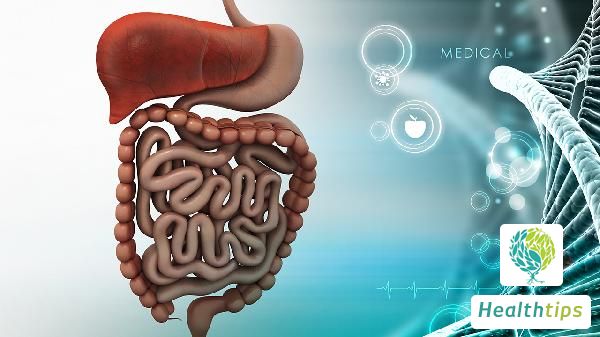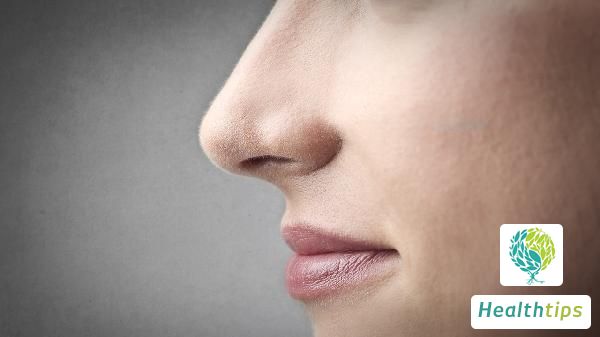Why Do I Have Dandruff on My Scalp?
If we often fail to wash our hair, we will notice a lot of small white flakes appearing on our scalp, which are commonly known as dandruff. The presence of dandruff is a normal process of cell metabolism, occurring when dead scalp cells lead to the formation of flaky tissue. Regular and appropriate cleaning can reduce or avoid the occurrence of dandruff. Dandruff is a product of the metabolism of epidermal cells on the human head. The physiological process of the head epidermis is called keratinization, in which cells are formed from the basal layer, proliferate and divide, gradually move upward, and gradually form keratin, becoming a non-nucleated, lifeless stratum corneum. Dry dead cells automatically fall off in a scaly or flaky form, commonly known as dandruff.

The mechanism of dandruff production: Physiological dandruff is produced by the continuous metabolism of our skin, scalp, and epidermal cells. The scalp is smooth, and usually no obvious desquamation is visible. Pathological desquamation, on the other hand, is caused by excessive proliferation of scalp epithelial cells, leading to a series of clinical diseases. Clinically, we classify different diseases based on the amount of dandruff and the morphology of skin lesions. 1. Seborrheic dermatitis: Seborrheic dermatitis is the main cause of dandruff. It often occurs in adults and is manifested as thick oily secretions on the scalp or dry hair. 2. Tinea capitis: It is generally thicker and tightly attached to the scalp, covered with silvery white scales, often distributed in patches. 3. Dry scurf: Caused by microbial infections of the scalp and hair, it manifests as damage to dandruff and hair. Severe cases may be accompanied by inflammatory reactions. It is common in children and is often caused by poor hygiene habits.



















